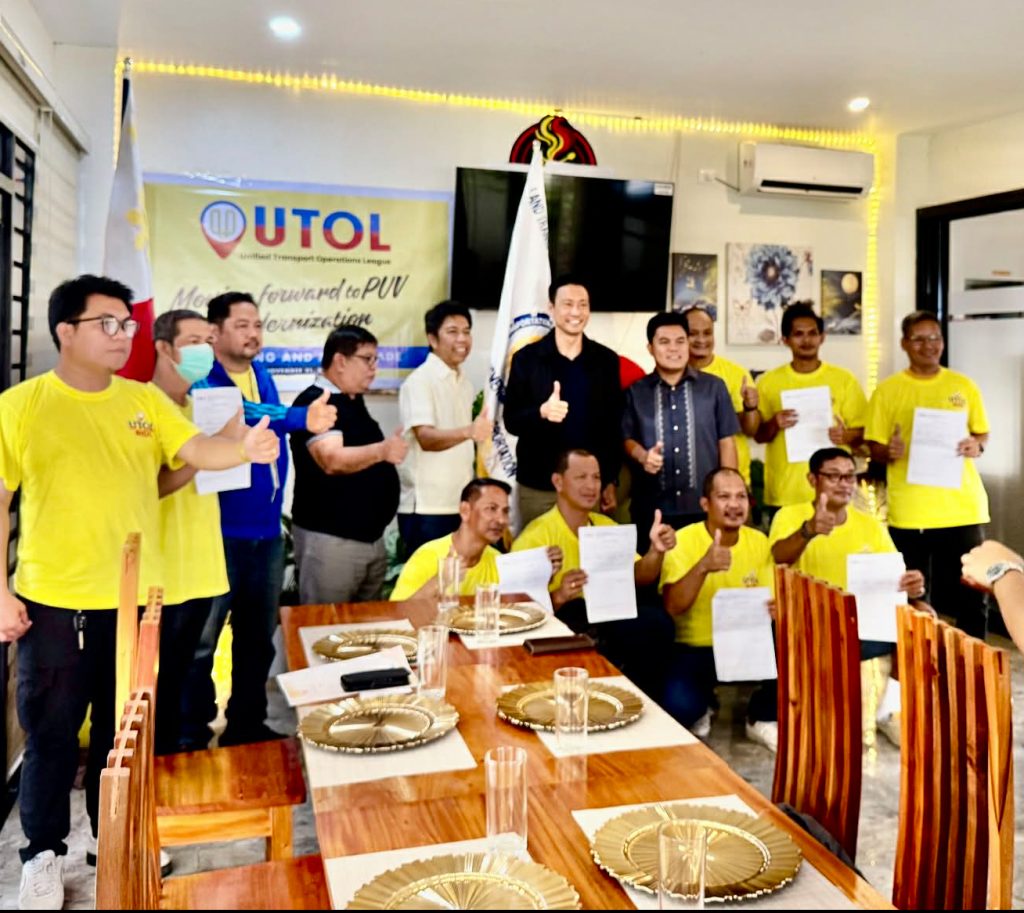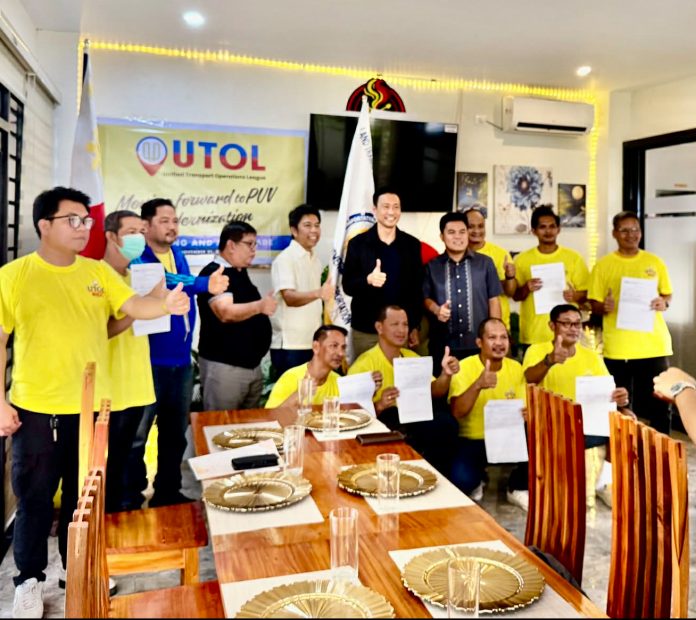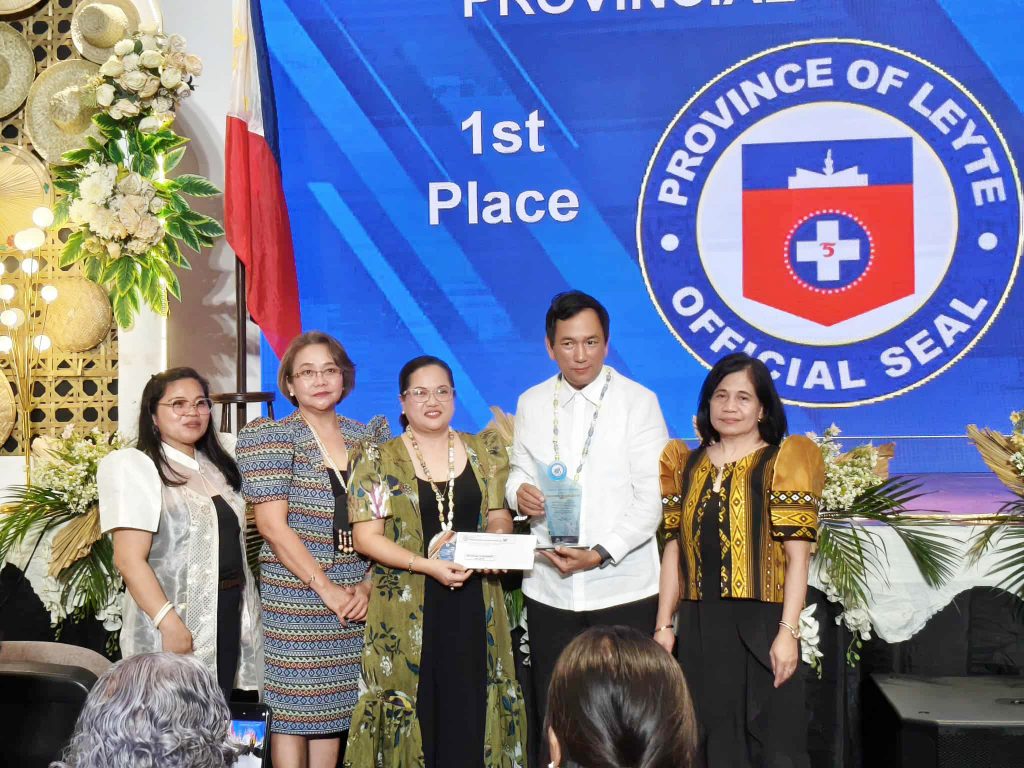
TACLOBAN CITY — A new transport network vehicle service (TNVS) provider has entered Eastern Visayas with the formal launch of UTOL (Unified Transport Operations League) on November 21, offering another mobility option for commuters in the region.
The launch was attended by company officials led by Corporate Secretary Atty. Orlando Ocampo, and UTOL Region VIII representative Christian Bañez.
Bañez expressed gratitude to the Land Transportation Franchising and Regulatory Board (LTFRB) for approving the franchise and said the company hopes to help address common commuting difficulties such as long waiting times and unreliable transport availability.
He said UTOL’s services are anchored on accessibility, reliability, and safety, including real-time tracking, fare transparency, and driver and vehicle screening.
Ocampo highlighted that UTOL is Filipino-owned and that even its mobile app system was developed locally. The service first operated in Metro Manila and has since expanded to Iloilo, Bohol, Cebu, and now Region VIII.
With its rollout in Eastern Visayas, commuters are expected to gain an additional transport option as the government continues its nationwide push for public transport modernization.
(LIZBETH ANN A. ABELLA)







